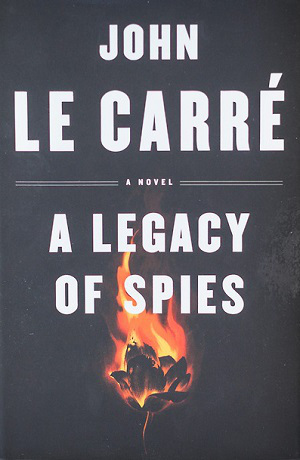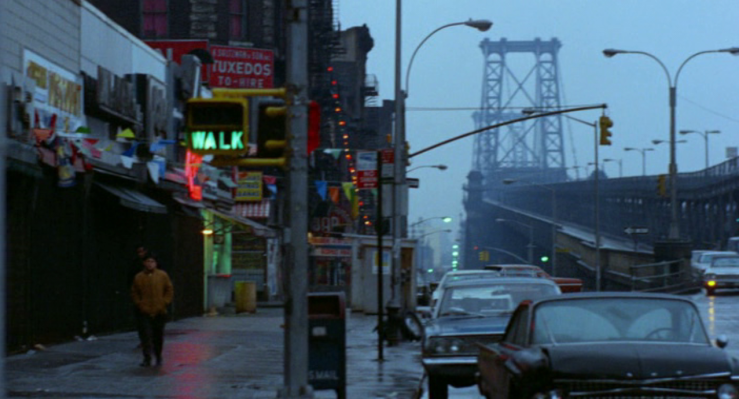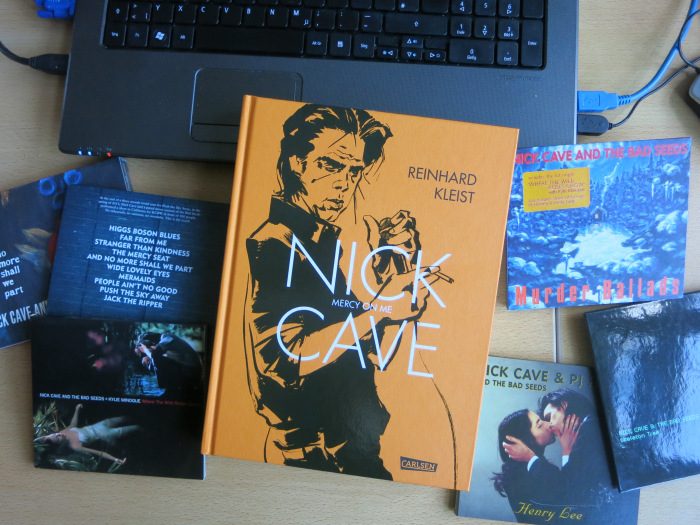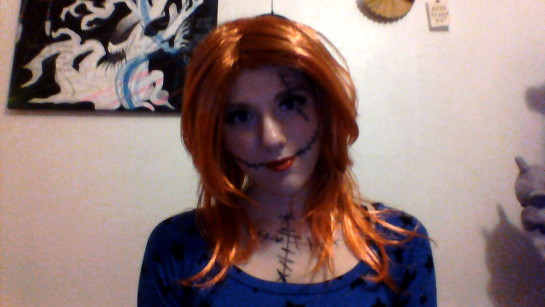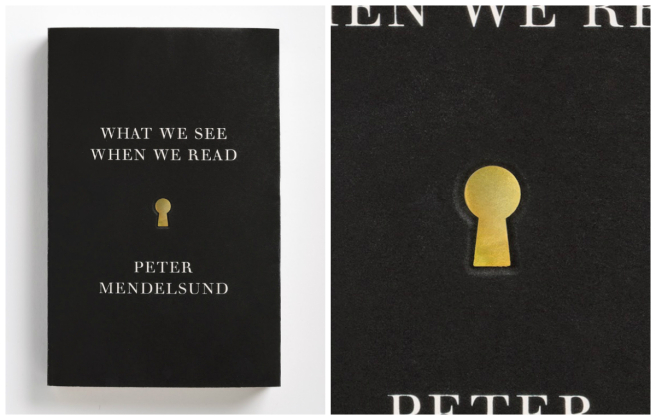
“What do we see when we read? Did Tolstoy really describe Anna Karenina? Did Melville ever really tell us what, exactly, Ishmael looked like? The collection of fragmented images on a page — a graceful ear there, a stray curl, a hat positioned just so — and other clues and signifiers helps us to create an image of a character. But in fact our sense that we know a character intimately has little to do with our ability to concretely picture our beloved — or reviled — literary figures.”
During my research, I came across Peter Mendelsund’s book What We See When We Read, which seemed to be quite relevant for my project. And it was.
This is a very interesting book, particularly for avid readers, which was truly useful for the development of my book cover designs. While reading it, I’d often take notes of key points I wanted to remind myself of.
When explaining this point, Mendelsund was referring to writers. Nevertheless, I do think this is something illustrators too should have in mind.
Leave enough room for freedom of imagination. Readers don’t like to be told how exaclty something is; the pleasure in reading comes from using our own imagination – otherwise we would watch a film instead. “We desire the fluidity and vagary that books grant us when we imagine their content. Some things we do not wish to be shown.”
We picture feelings, not places. Mendelsund believes that, when we are being described a place, we don’t picture that place. Instead, we resort to our memory and find something that feels like it.
No need to show everything. Places, characters, etc. can be defined merely by a set of points that lie on its perimeter – nothing more is needed. The way a certain character acts can tell the reader a lot more than a description.
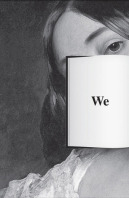
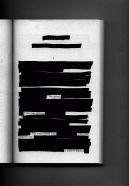
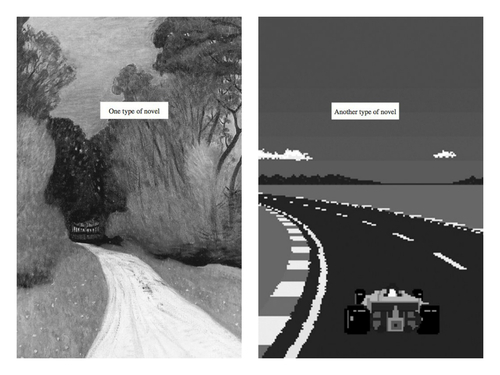 Advertisements
Partilhar isto:
Advertisements
Partilhar isto: